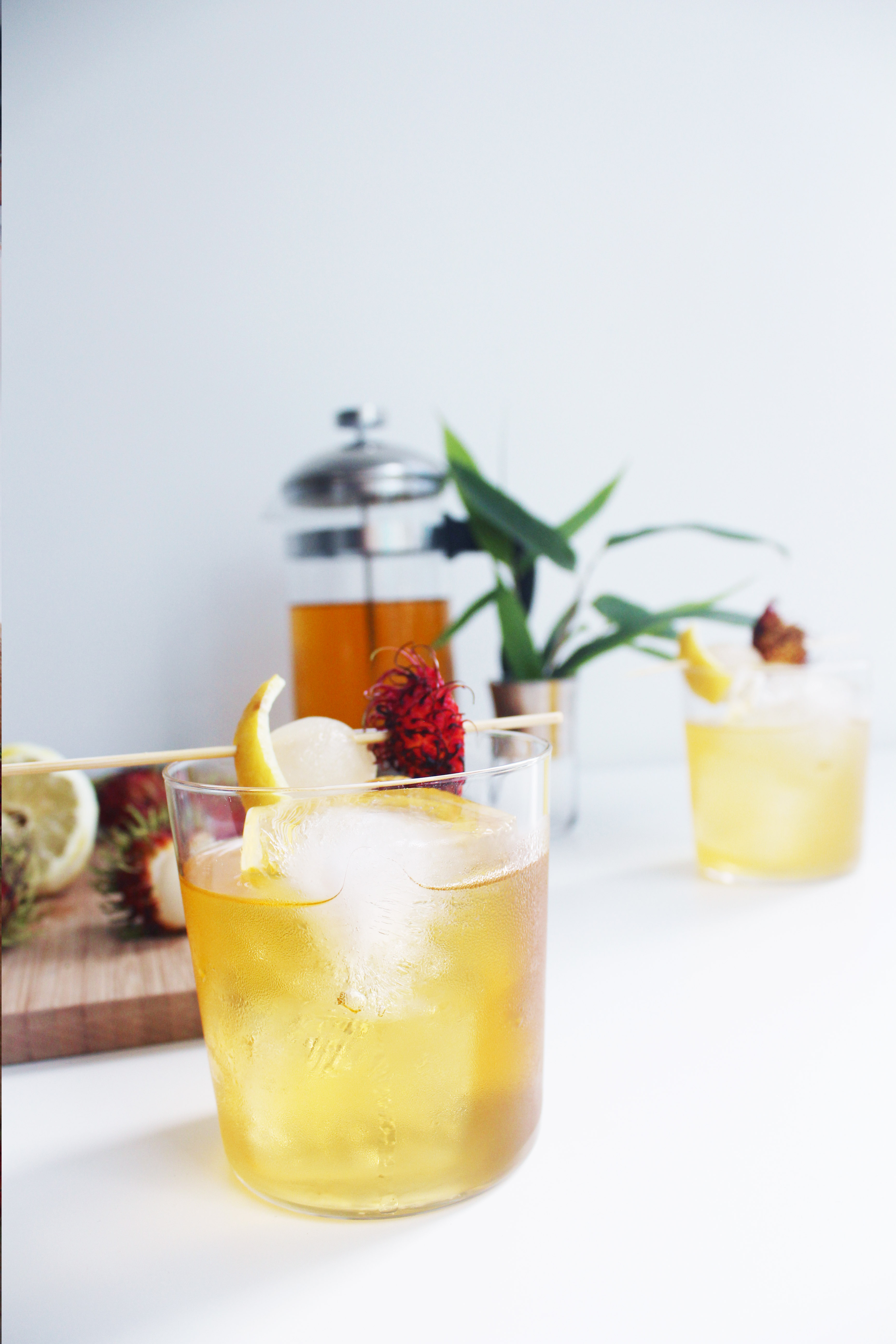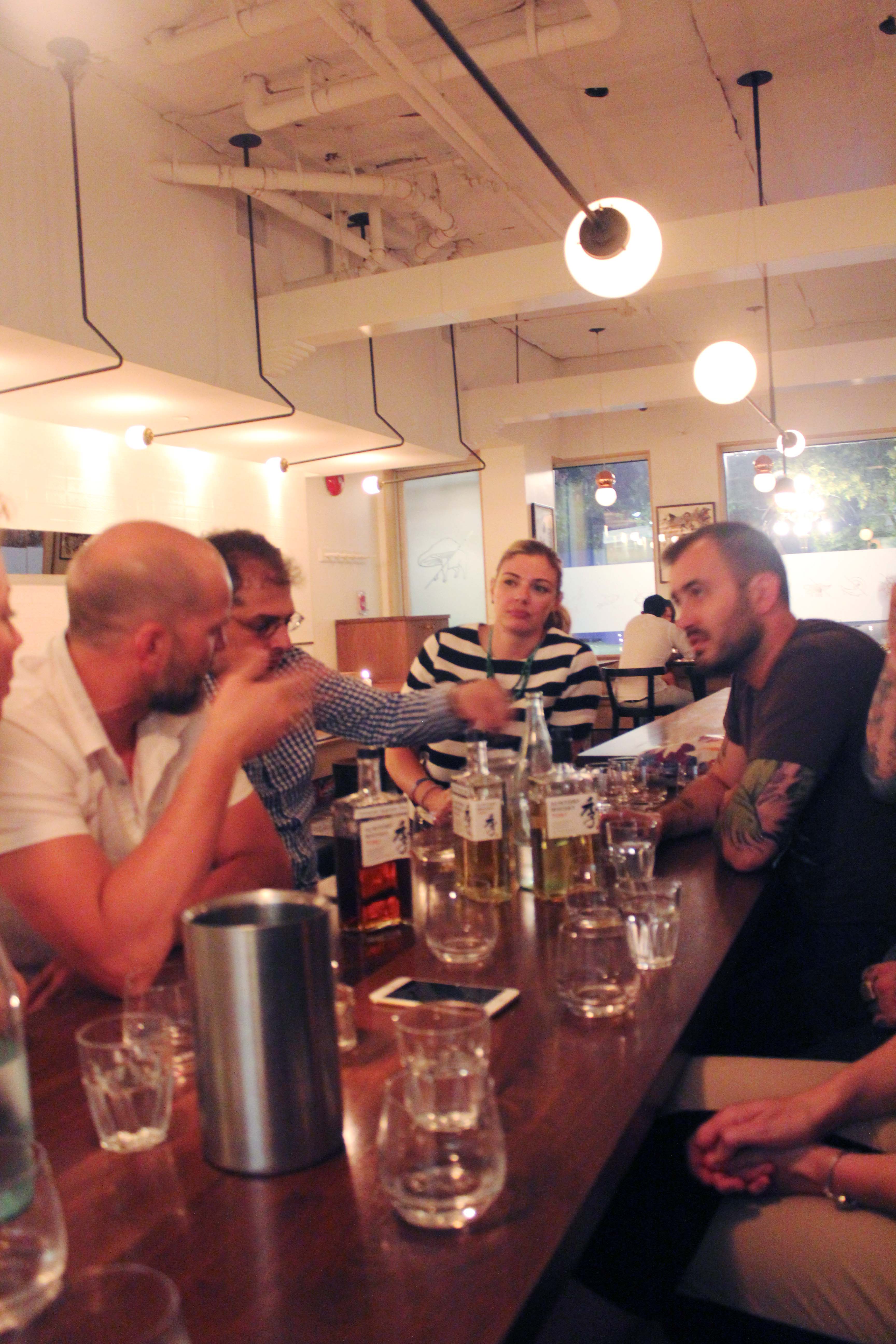
For those who enjoy Scotch, would you agree that a blended Scotch is far inferior to that of a single malt? I mean blends are cheaper, don’t taste as good and let’s talk about those other grains – they clearly produce a harsher, lower quality whisky. While Scotch enthusiasts may contend that this is the case, with the rise in popularity of Japanese whisky and in particular the release of more blends from Japan, there is definitely a shift in perception happening.
While there continues to be a lot of criticism around blended malt and grain whiskies, I recently attended the launch event for Suntory’s Toki whisky and the the insights into both the history behind and future of the Scotch and Japanese whisky was fascinating.
As Johnnie Mundell (aka “Johnnie The Scot”), brand ambassador for Beam Suntory noted, “I made a career out of thinking that the blended whisky is somehow inferior to single malt. But I’ve now seen that the reverse can be said for Japanese whisky.”
Mundell further emphasized that the term “single malt” didn’t become commonplace in the mind of the consumer until the 1980’s. With the growth in popularity of white spirits like vodka, suddenly the whisky industry started to go down the toilet. Looking for ways to rebrand whiskies as a superior + unique spirit, “single malt scotches” began to be promoted directly to the consumer.
Up until around this time most Scotch producers were selling their product to one of two audiences: brokers or blenders. And in order to continue to have these buyers purchase your product there needed to be continuity and consistency with the products. And so while many people think that Scotch production was based on heritage and tradition, it was also produced the same way based on necessity and economic certainty. Change the way you produce your spirit and its resulting taste and your brokers and blenders may not buy from you anymore. As Mundell emphasized, “economics have always driven Scotch whisky production. On the other hand, while Japanese whisky has definitely been inspired by Scotch production, it is a little freer because it is not solely economically driven. This allows Japanese distillers to experiment and come up with new, diverse products in house.”
Mundell further elucidated that the inspiration for Suntory whisky was distinctly Scottish. “If you look at how we make whisky, we make it the same way as they do in Scotland but the mindset of the distiller is Japanese and it’s coming from a Japanese state of mind. And that’s critical today. If you look at the land mass of Japan, it’s 0.4 the size of BC in land mass.”
Japan’s population is 127 million people, comparing to Canada where there’s 35 million or BC where there’s 4.6 million. all of the cultural stereotypes that we have with Japanese people, like things are small, things are fine and delicate, it all comes from a geographic imperative. But even though they have the space they have, the population they have and the resources they have, they still find a way to apply, heritage, nature and reverence to history.
To further use the notes given by Mundell: the word that perfectly describes Japanese culture is “distillation”. They take the most essential ingredients for everything, electronics, manufacturing, textiles, cars, and find a way to evolve them further so why should whisky be any different.
Japan started making whisky around 1923 and at that time, when they were inspired by Scotland, as formerly mentioned, Scottish distillers would sell their whiskies to either a blender or a broker. Japanese whisky has always been a little freer and not as economically driven and so they have more flexibility to innovate. For example, while Yamazaki has malted barley, fermenters, stills and casks, which is the same as any other Scotch distillery, Yamazaki uses malted barley, wood and steel fermenters, and six different styles of distillation. So that’s six unique proper pot still pairings. In addition, they use five types of oak casks, so Yamazaki can theoretically make 70 different types of whiskies.
Similarly, Hakashu uses peated and unpeated barley, wood fermentation, six different distillate style and three oak casks. So Hakashu can make 36 different whiskies. So there’s the mindset. Japanese distillers say “I want to make whisky like they do in Scotland but in Japan. I’ve only got 2 single malt distilleries but I want to find a way to make as many whiskies as there are in all of Scotland.” The bottom line is that they are able to create over 100 types of whisky made in two single malt distilleries by varying the grain, the fermentation, the distillation and the maturation.
With these 100 types of whisky, blending has become key in creating new, distinctly Japanese flavour profiles that are unlike the Scotches on the market.
Mundell conducted a tasting of the three main types of whisky that are blended together to create Suntory’s Toki whisky.
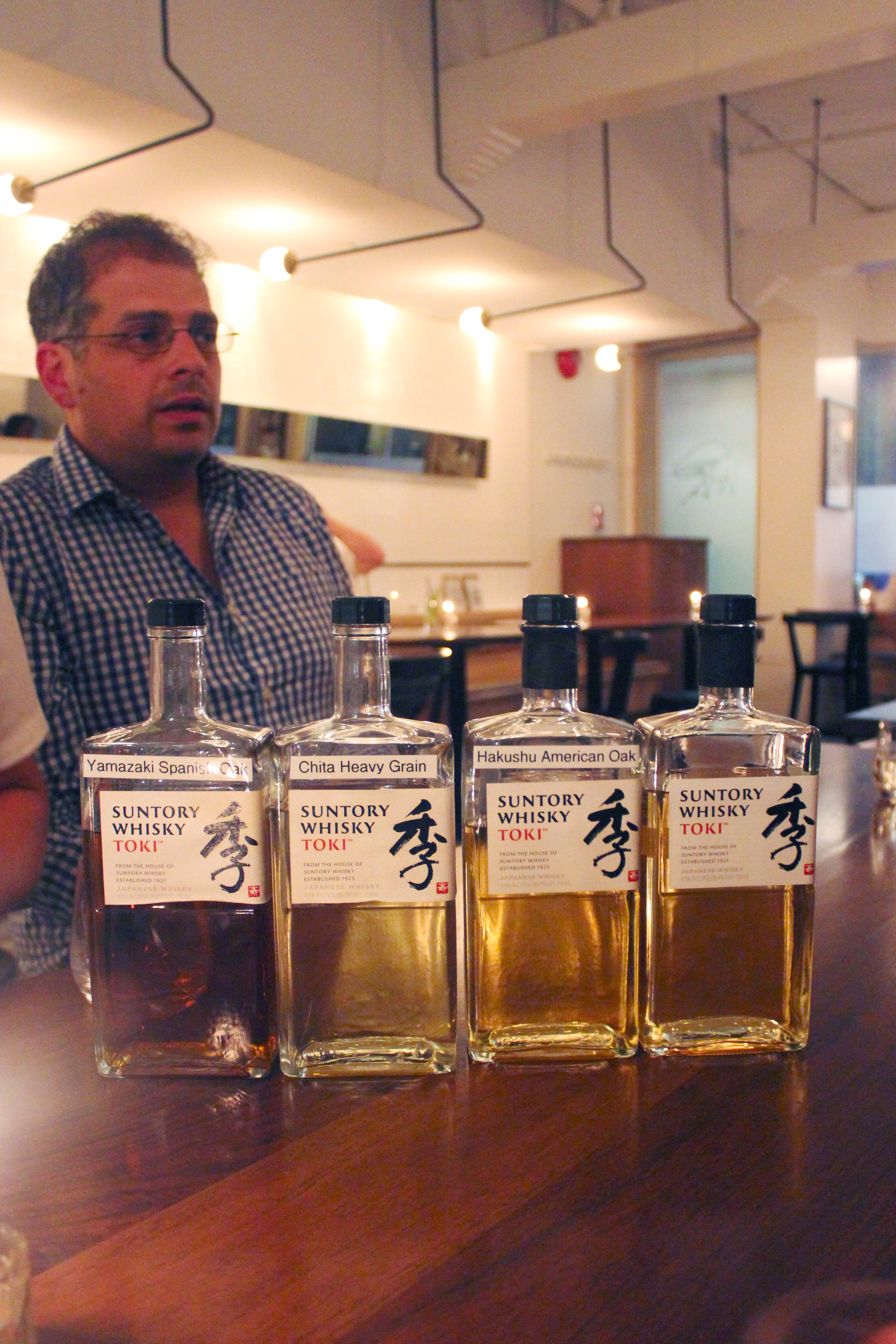
First up, Hakashu, a peaty mountain whisky from the southern parts of Japan. The Hakushu we tried was unlike any other Hakashu that’s on the market currently as it is lightly peated and aged in American Oak Casks. This iteration acts as the principle malt that goes into the Toki Blend. Some of the tasting notes included:
Hakashu Lightly-Peated: Banana + Toffee, Apple Peel, Pear, Mellow + Crisp
Second, Chita heavy-grain provides depth and body for the blend. Chita makes three whiskies, that’s often made with a base of corn with a little bit of barley. But to make the three different types they change the ratio of malt to barley just a bit and also vary the number of columns used in the process. Something clean and lighter is four columns, medium is three, heavy is two. Because they use the heavy-grain Chita, some of the tasting notes included:
Chita Heavy-Grain: Vegetive (seaweed), Earth + Mushrooms, Sweet brine, Thick viscocity, Creamy and Rich.
As you can see, these flavour profiles are very contrasting. While these two whiskies act as the major components of Toki, the third distillate acts as the “seasoning” for the blend. The Yamazaki American Oak and Spanish (Sherried) Oak are like salt and pepper to round out the blend.
Some of the flavour notes for these included:
Yamazaki American Oak + Spanish Oak: Red fruits, Oak and Spice
The final distillate on the tasting menu was none other than Toki. While it can be drank neat or on the rocks, it was truly designed out of necessity for bartenders to have an exceptional blended Japanese whisky for exceptionally crafted cocktails (that’s affordable too!). Some of the tasting notes for Toki include:
Nose: Green apple, pear, honey, slight basil
Taste: Grapefruit, green grapes, peppermint
Finish: Hints of vanilla oak, white pepper and ginger
I don’t know about you but this flavour profile worked wonderfully with Green Tea in a cocktail (check out my version here). I think it would also do wonders in a “White Boulevardier” using Toki, Suze Saveur D’Autrefois (or Cocchi Americano) + Lillet Blanc. But more on that soon.
So how is Japanese whisky reshaping our perception of blended whisky? Similar to many things that come out of Japan, the Japanese Distilling mindset is about perfecting the art of the blend. They have learned and imitated what works in the Scotch distillation process but used a Japanese mindset to innovate and improve on it. And from their innovation they’re creating a superior tasting, thoughtfully crafted blended whisky.
Suntory’s Toki is a prime example of a whisky that pays homage to tradition but also challenges whisky convention by combining seemingly contrasting components to create something balanced and different. Just like a cocktail, Japanese blended whisky is a fantastic example of how the final product is much more than the sum of its parts.
Kanpai!
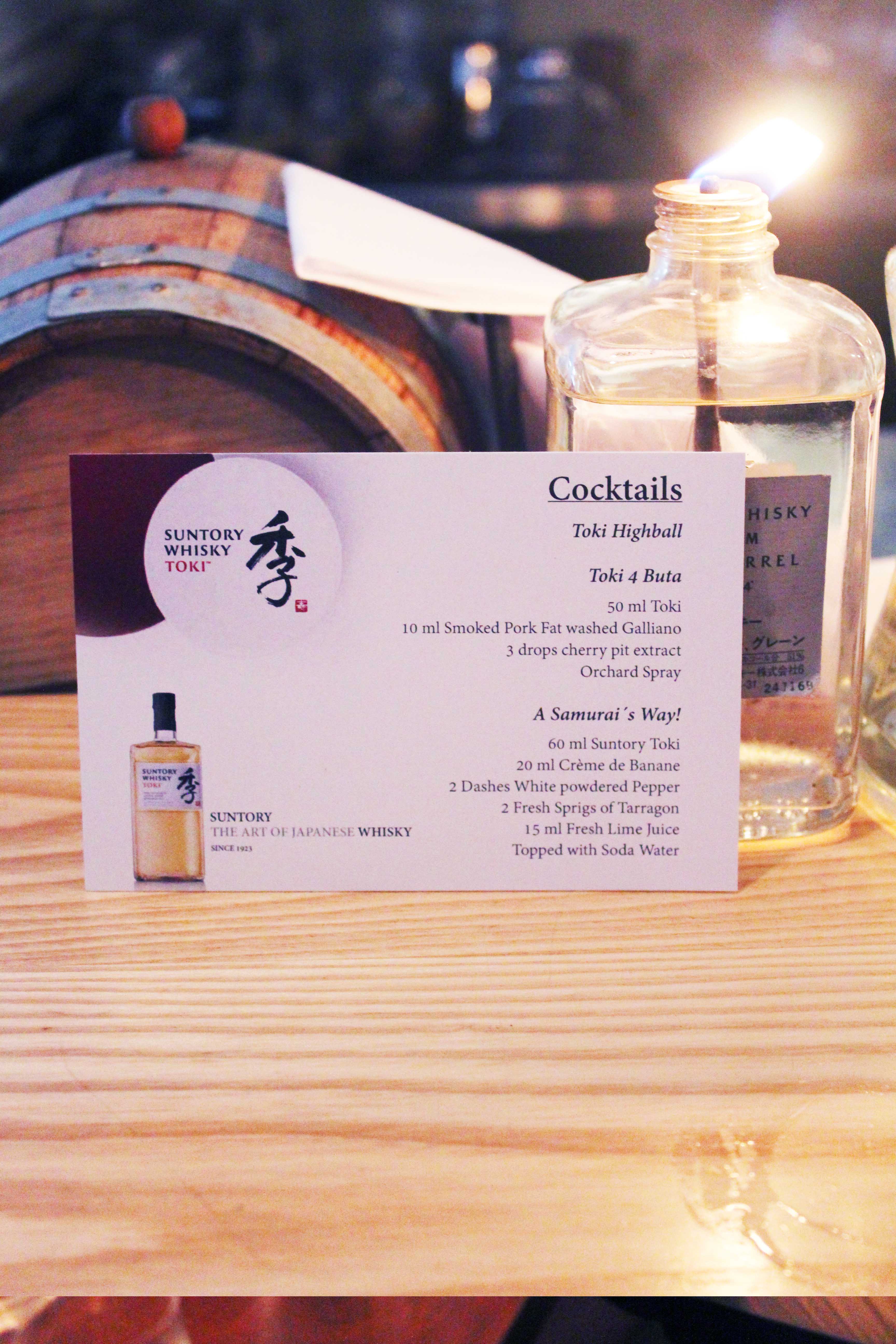
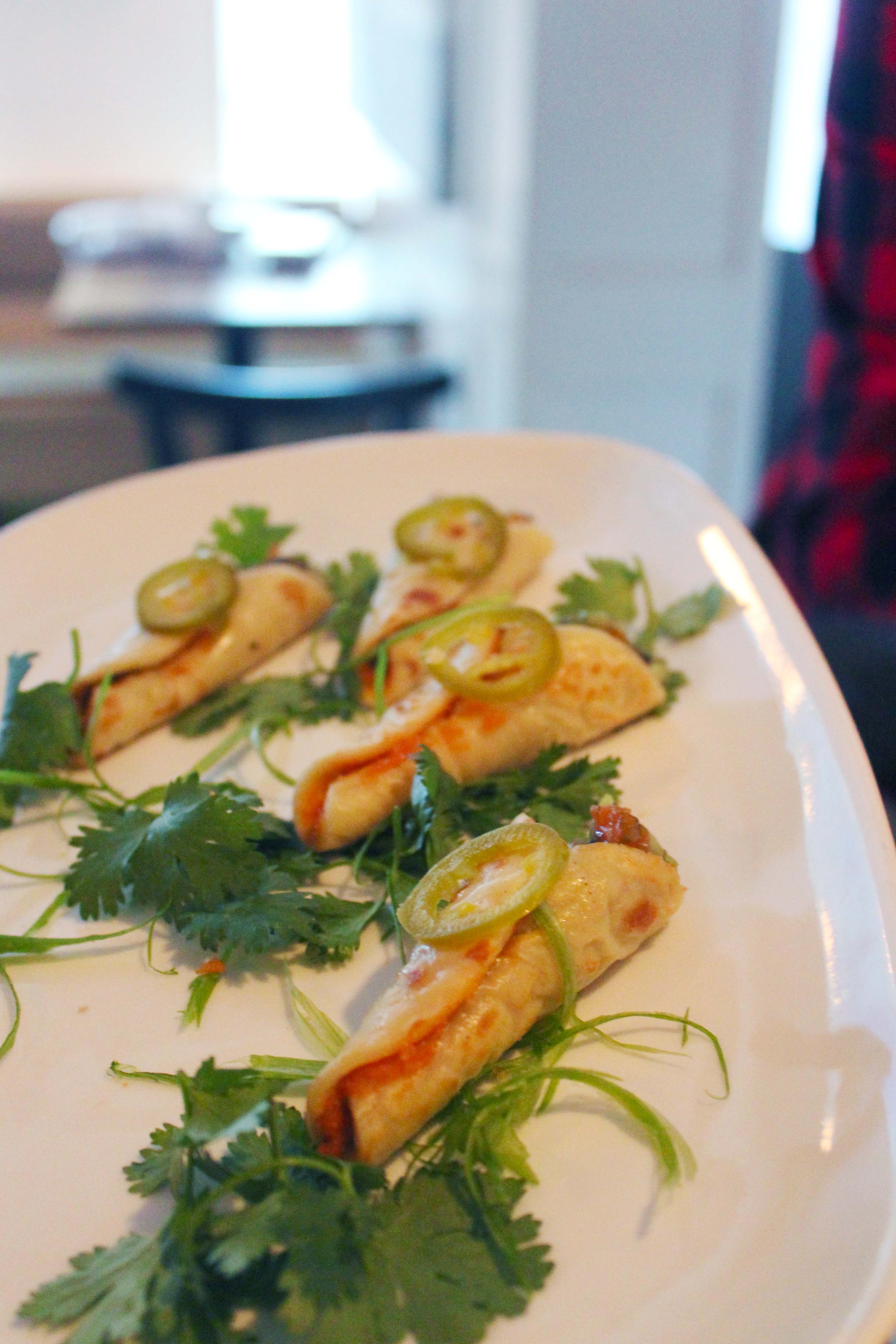
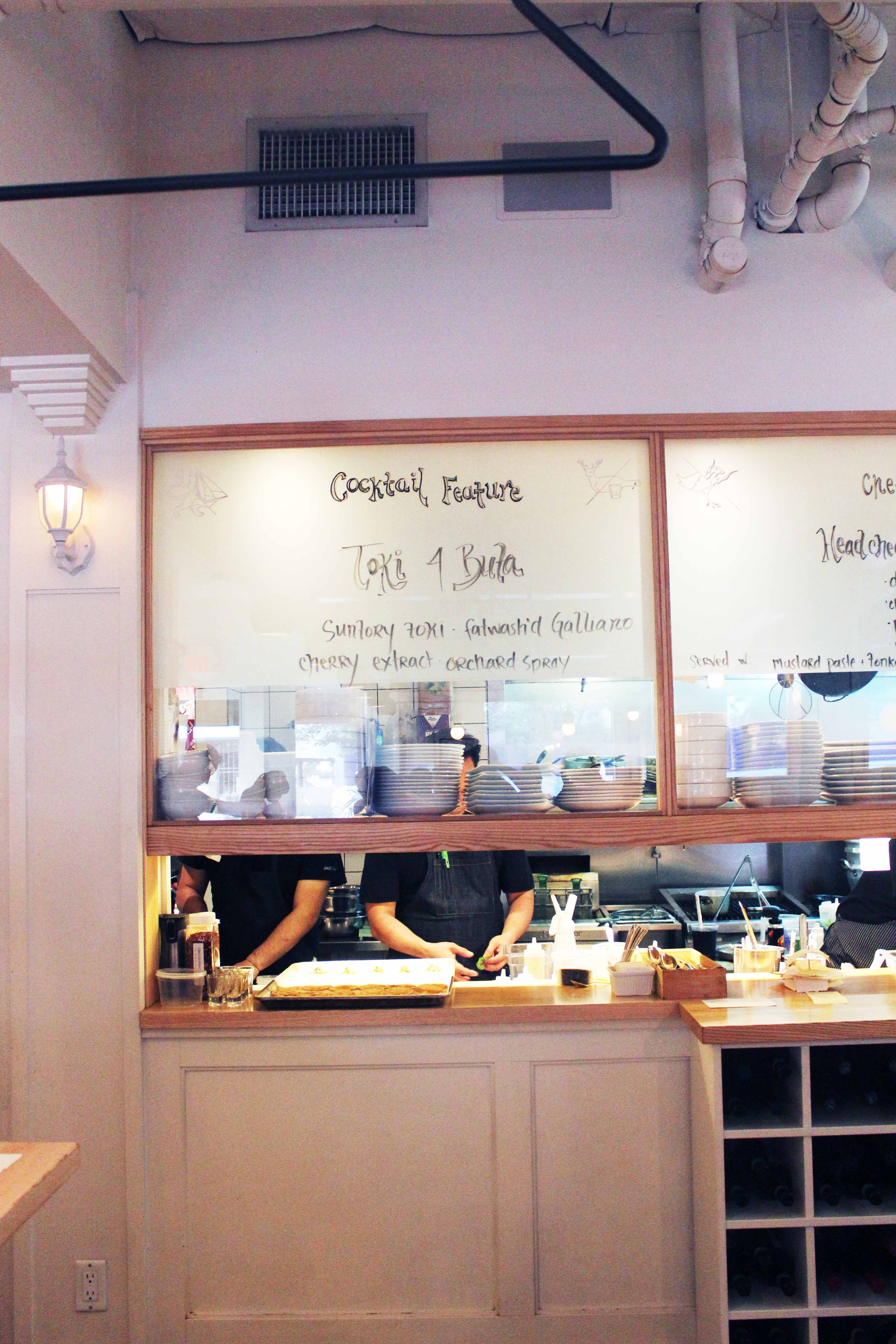
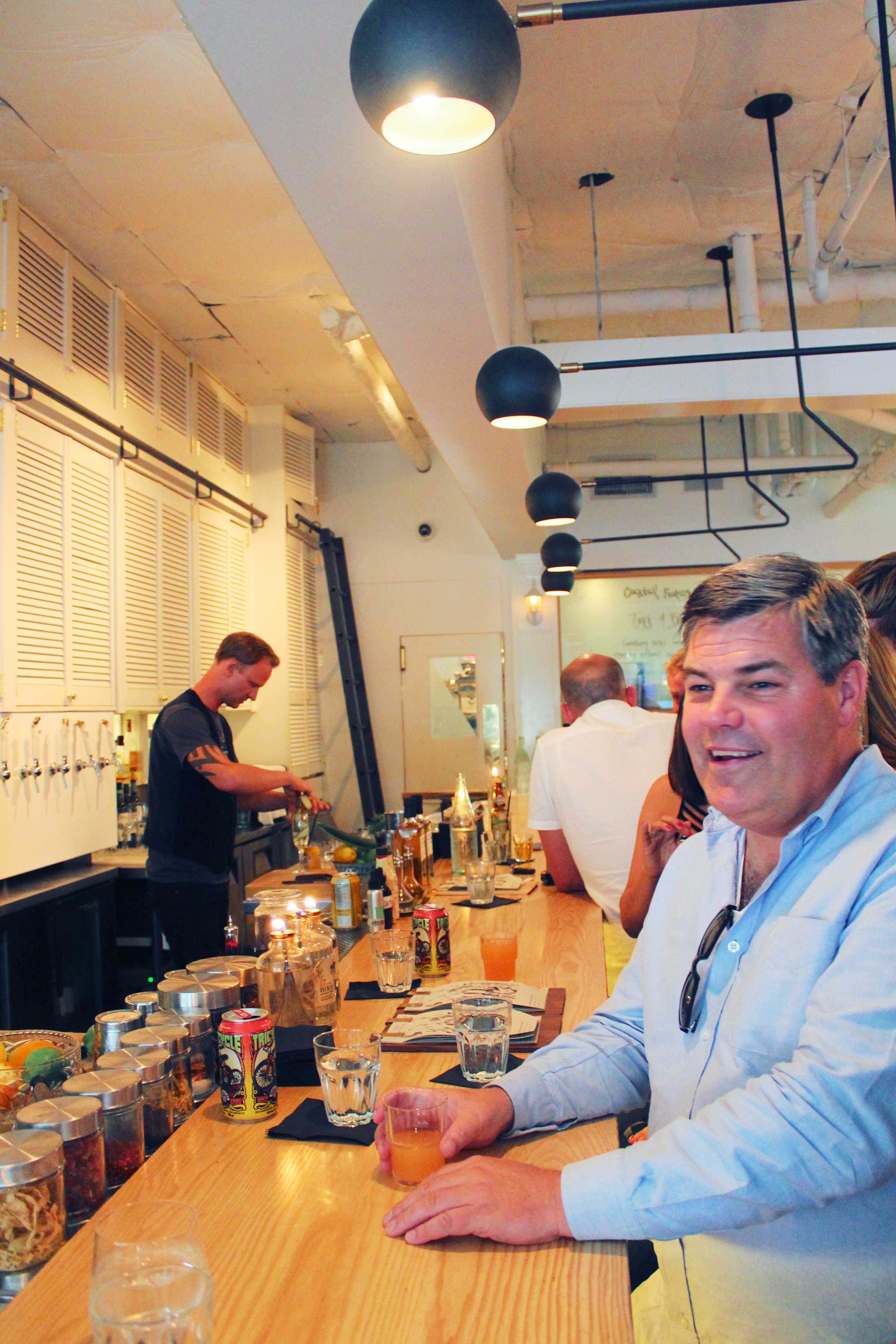
xoxo



